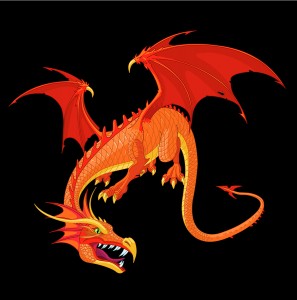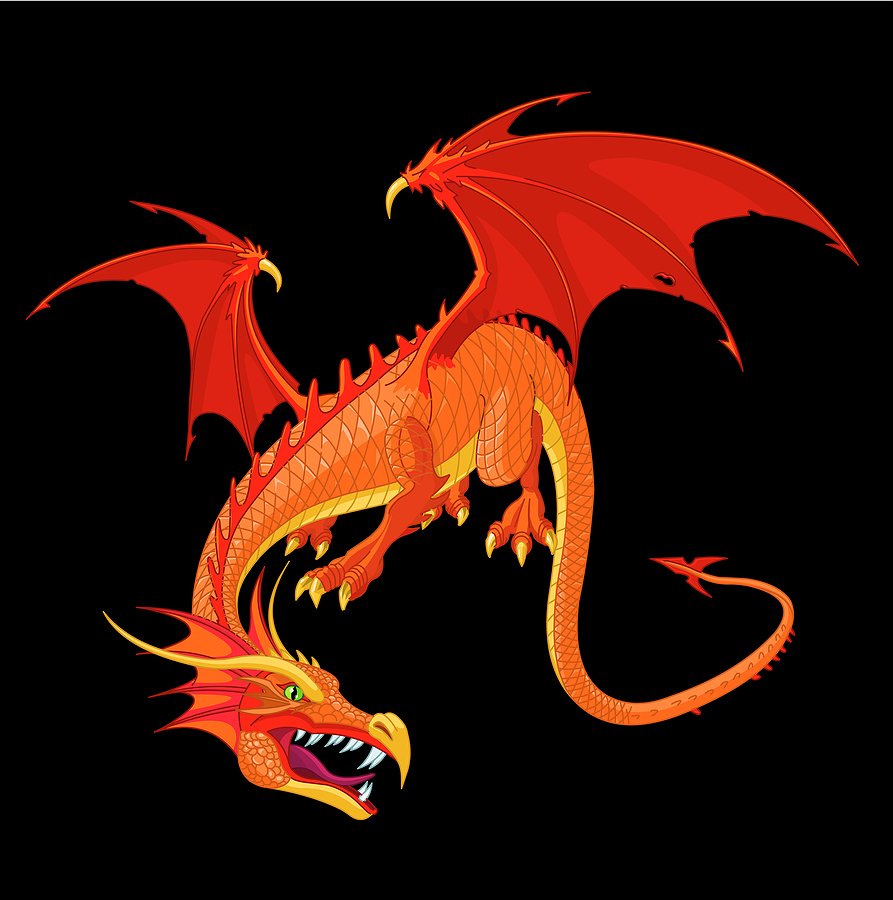2012-08-12 by Ed Timperlake
Is it Time for a Counterintelligence Damage Assessment?
In a recent article in the Wichita Business Journal, the CEO of Hawker Beechcraft reaffirms that there is no defense conflict in Superior deal to sell the company to a Chinese company.
Boisture points out that when it comes to the King Air aircraft Hawker builds for the military — such as the C-12 Huron transport plane and reconnaissance and intelligence planes like the MC-12 and RC-12 Guardrail — Hawker only builds the airframes. The intelligence equipment is installed by other contractors. That means, if Superior bought Hawker’s jet and propeller aircraft business that it could continue selling the airframes to those integrators the same as Hawker does.

All PRC business transactions, affecting aerospace and related areas, regardless of cutouts are assessed through the prism of the PRC/PLA “16 Character” Policy. Credit Image: Bigstock
Yet when Chairman Boisture, and HBC were trying to market their trainer aircraft for a combat role, they stressed that the company was integrating classified ITAR protected technology into the cockpit of their own airframe.
And where did they get this technology: From their classified C-12 T/M/S product line.
And why should the USAF buy this aircraft, according to the company?
The benefits of the AT-6 far outweigh that of the competition’s offering, including the following important factors:
The AT-6 is designed and manufactured in the U.S. to be used by the U.S and its allies.
Keeping this contract in the U.S. will help preserve 1,400 domestic jobs at 181 companies in 39 states.
The AT-6 draws its heritage from the airframe of the number-one training aircraft in the world, the Beechcraft T-6.
The company has built more than 725 T-6 aircraft, which are used to train every fixed-wing military pilot in the United States and are successfully operated by six allied air forces around the world. The graduation to the AT-6 light attack airplane would be a natural progression.
The AT-6 is the sum of the Air Force’s proven T-6, A-10C mission system and MC-12W sensor suite, which offers the Department of Defense logistics and cost efficiencies that no other aircraft in the competition can match.
In my words, when it suits their marketing objectives it looks like HBC wanted the USAF to think that the AT-6 wakes up every morning and believe it is an A-10.
So the highly integrated effort, now becomes a Sino-American salami act for the purposes of winning on the basis of being an all American aircraft?
This is an interesting feat of pulling what animals you wish out of a hat, an Eagle or a Dragon? Maybe it is now a Dragon Eagle?
To sort this out, the Congress needs to take a look and to ensure that no U.S. classified national security has been put in danger from Chinese evaluators and due diligence collectors.
Let there be no confusion on the “deal.”
All PRC business transactions, affecting aerospace and related areas, regardless of cutouts are assessed through the prism of the PRC/PLA “16 Character” Policy
From my Congressional Testimony before the House Committee on Foreign Affairs on April 15, 2011, I underscored that “the key point to understanding espionage by the PRC is to recognize their National Security “16 Character Policy.”
The PRC 16-Character Policy is to “Give Priority to Military Products”
• Jun-min jiehe (Combine the military and civil)
• Ping-zhan jiehe (Combine peace and war)
• Jun-pin youxian (Give priority to military products)
• Yi min yan jun (Let the civil support the military)
Timperlake Congressional Testimony on Chinese Industrial Espionage
We need to get on with the acquisition of the light attack aircraft to help the transition in Afghanistan. Troops are in combat, LAS has been delayed and this entire episode has been a huge embarrassment to the proud USAF, enough is enough.
As we wrote earlier:
Airpower is crucial to every aspect of operations in the Afghan Area of Operations, and crucial to hot pursuit of the Taliban who do not respect lines on a geographical map.
Interviews we have conducted with American and French military operators in Afghanistan have hit hard on a key theme: airpower is central to today’s operations in Afghanistan and there is a clear need to arm the Afghan allies with a functional capability along the same lines.
As Nathan Hodge of The Wall Street Journal recently put it:
The budding Afghan air force was supposed to receive $355 million worth of planes custom-made for fighting guerrillas well ahead of the U.S. withdrawal in 2014. Equipped with machine guns, missiles and bombs, those reliable, rugged turboprop aircraft are cheaper to operate and easier to maintain than fighter jets.
The Afghans won’t get the planes on time.
And Hodge went on to quote me on why getting on with it is so important.
“They have wasted the most precious commodity they have in combat, which is time,” says Edward Timperlake, a former Marine Corps fighter pilot who served as a director of technology assessment at the Pentagon until 2009 and is now retired.
And to clear up any confusion about which company is ready to meet the need identified by a senior U.S. commander now several years ago, one can look at a video shot at the recent Oshkosh air show.


